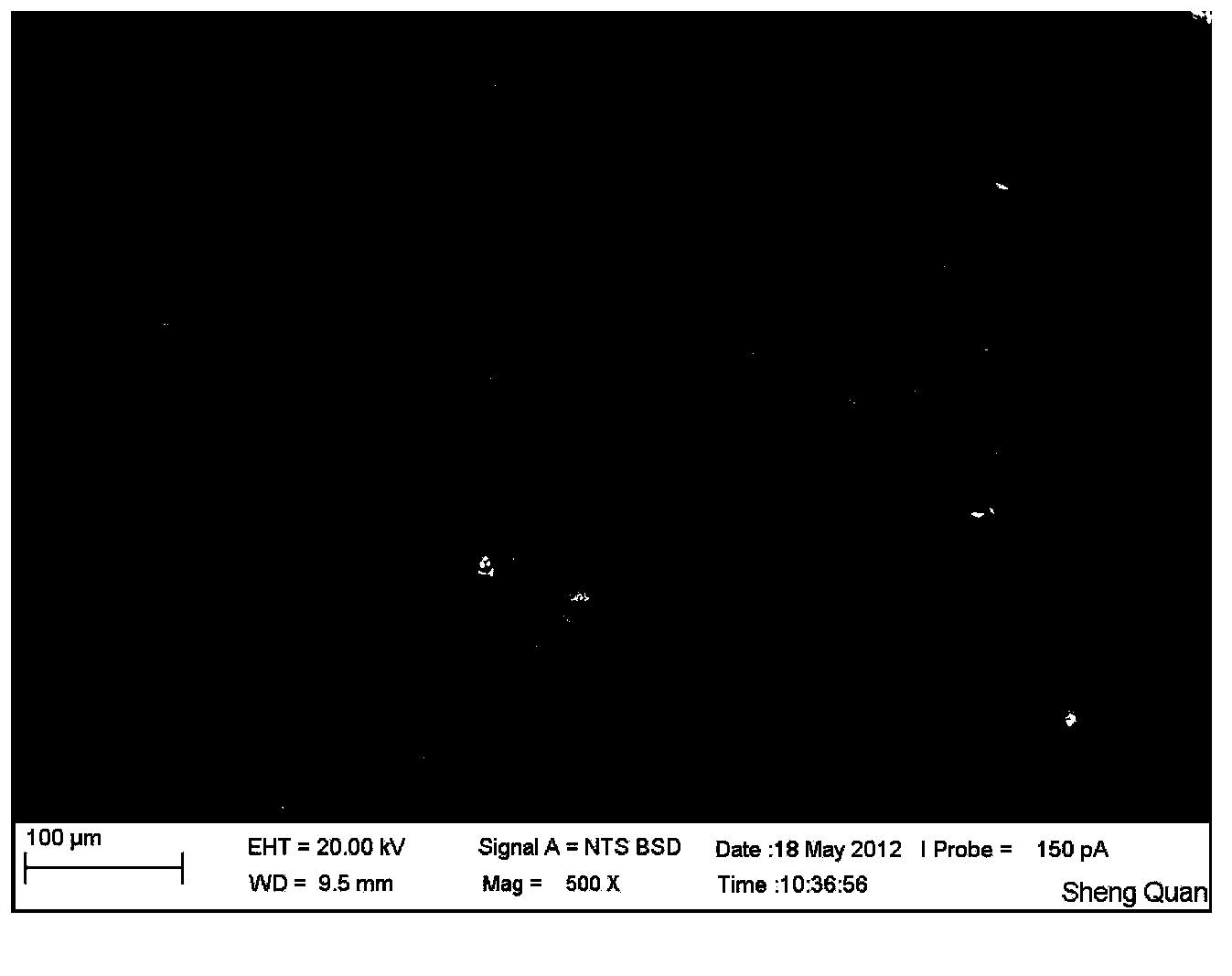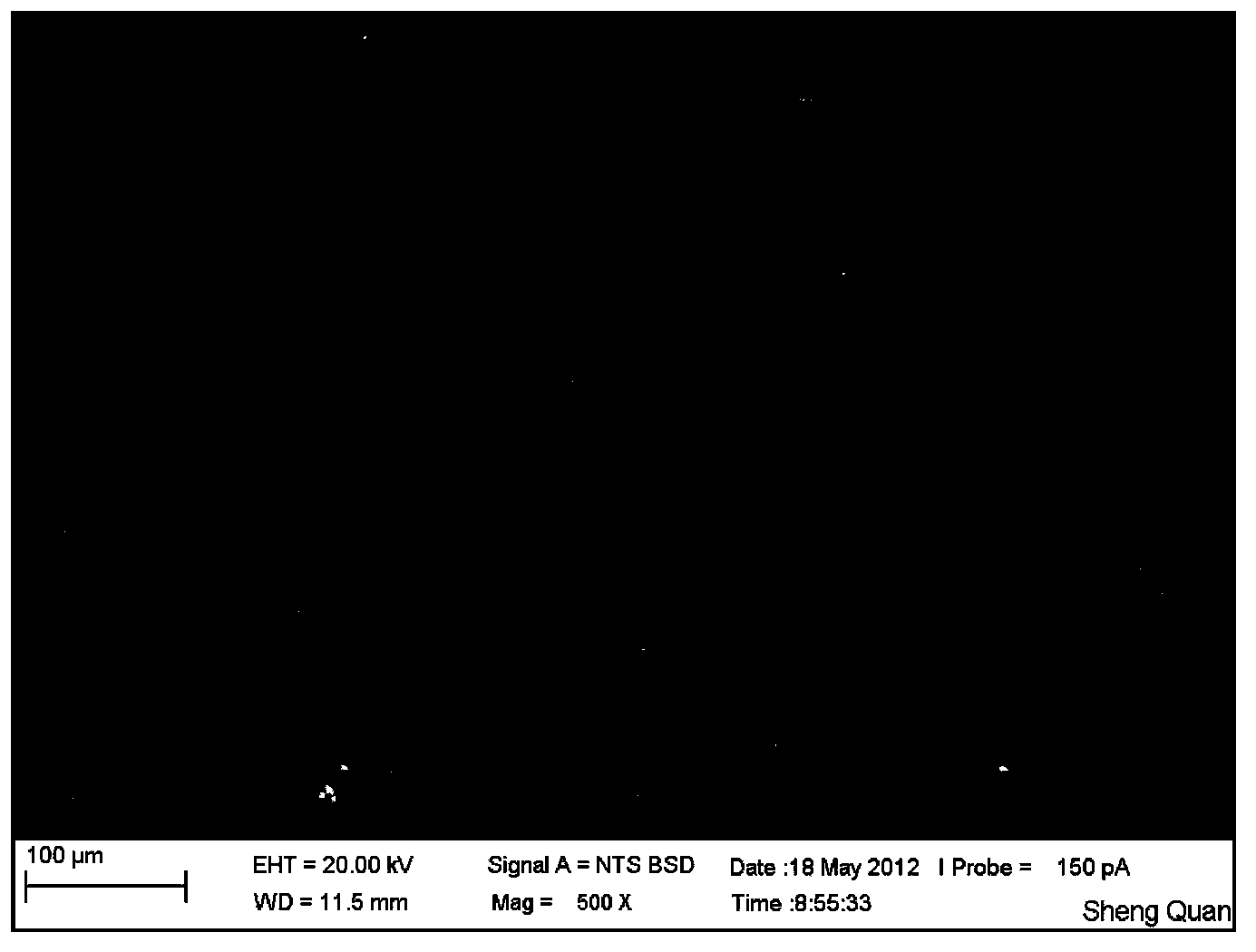Technology for extracting cellulose from biomass raw materials
A biomass raw material, cellulose technology, applied in the direction of acid acid/anhydride pulping, pulp bleaching, etc., can solve problems such as inapplicability, and achieve the effects of reduced damage, high purity, and shortened cooking time
- Summary
- Abstract
- Description
- Claims
- Application Information
AI Technical Summary
Problems solved by technology
Method used
Image
Examples
Embodiment 1
[0051] In this embodiment, the reeds are first crushed to a particle size of 2 cm to 10 cm.
[0052] The present embodiment extracts the technology of cellulose from described reed, comprises the steps:
[0053] (1) After the reeds were crushed and pretreated, the treated reeds were cooked using an organic acid solution with a total acid concentration of 70wt% formic acid and acetic acid. The mass ratio of acetic acid to formic acid in the organic acid solution in this embodiment was 1: 1, and before adding the reed raw material, add hydrogen peroxide (H 2 o 2 ) as a catalyst, control the reaction temperature at 125°C, react for 40 minutes, and have a solid-liquid mass ratio of 1:5, and conduct the first solid-liquid separation of the obtained reaction liquid;
[0054] (2) Add the solid obtained from the first solid-liquid separation to an organic acid solution with a total acid concentration of 70wt% formic acid and acetic acid for acid washing, wherein the organic acid sol...
Embodiment 2
[0065] In this embodiment, firstly, the rice straw is crushed to a particle size of 3 cm to 5 cm.
[0066] The present embodiment extracts the technology of cellulose from described rice straw, comprises the steps:
[0067] (1) After the rice straw is crushed and pretreated, the treated rice straw is cooked with an organic acid solution with a total acid concentration of 90wt% formic acid and acetic acid. The mass ratio of acetic acid to formic acid in the organic acid solution of this embodiment is 1: 8, and before adding the straw raw material, add hydrogen peroxide (H 2 o 2 ) as a catalyst, control the reaction temperature at 145°C, react for 20 minutes, the solid-liquid mass ratio is 1:8, and conduct the first solid-liquid separation of the obtained reaction liquid;
[0068] (2) The solid obtained from the first solid-liquid separation is added to an organic acid solution with a total acid concentration of 90wt% formic acid and acetic acid for acid washing, wherein the o...
Embodiment 3
[0079] In the present embodiment, firstly, the bamboo slices are crushed into flakes with a length of 2-10 cm and a thickness of 2 mm.
[0080] The present embodiment extracts the technology of cellulose from described bamboo chip, comprises the steps:
[0081] (1) After the bamboo slices are pulverized and pretreated, the treated bamboo slices are cooked with an organic acid solution of formic acid and acetic acid with a total acid concentration of 95 wt%. The mass ratio of acetic acid to formic acid in the organic acid solution of this embodiment is 1:6, and add hydrogen peroxide (H 2 o 2 ) as a catalyst, control the reaction temperature at 135°C, react for 60 minutes, and have a solid-liquid mass ratio of 1:6, and conduct the first solid-liquid separation of the obtained reaction liquid;
[0082] (2) The solid obtained from the first solid-liquid separation is added to an organic acid solution with a total acid concentration of 95wt% formic acid and acetic acid for acid w...
PUM
| Property | Measurement | Unit |
|---|---|---|
| Particle size | aaaaa | aaaaa |
| Length | aaaaa | aaaaa |
| Whiteness | aaaaa | aaaaa |
Abstract
Description
Claims
Application Information
 Login to View More
Login to View More - R&D
- Intellectual Property
- Life Sciences
- Materials
- Tech Scout
- Unparalleled Data Quality
- Higher Quality Content
- 60% Fewer Hallucinations
Browse by: Latest US Patents, China's latest patents, Technical Efficacy Thesaurus, Application Domain, Technology Topic, Popular Technical Reports.
© 2025 PatSnap. All rights reserved.Legal|Privacy policy|Modern Slavery Act Transparency Statement|Sitemap|About US| Contact US: help@patsnap.com



